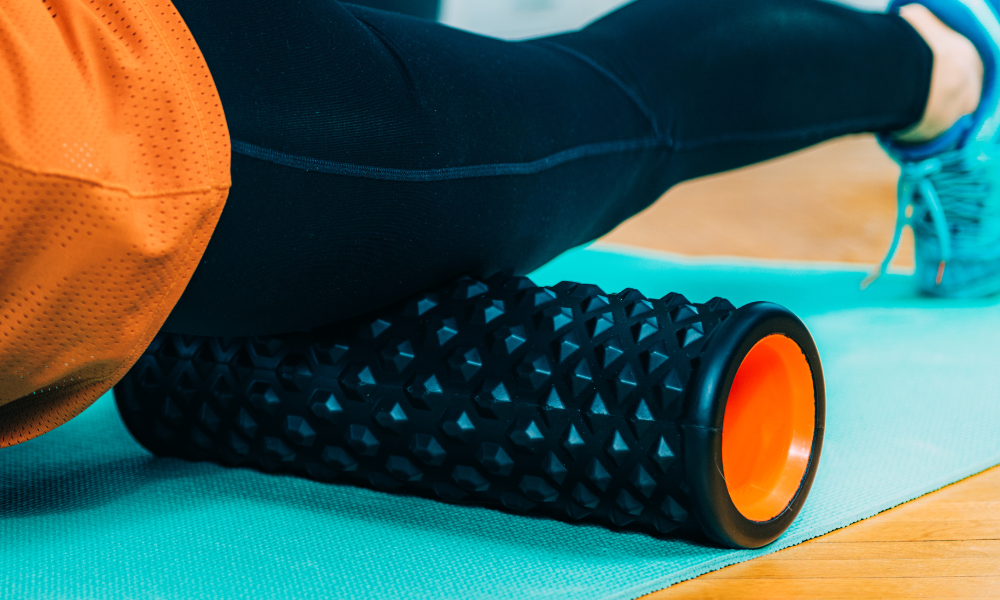Fascia Work Reduces Pain And Cellulite

Have you ever wondered how your muscles stay attached to your bones? Or why you have cellulite? It’s your fascia (pronounced fah-sha). Fascia is a thin layer of tissue that covers your complete body under your skin. It wraps around our muscles, joints, and organs.
While fascia may be very thin, it is mostly responsible for the shape of our bodies. If you want to lose weight and reduce pain you need to learn about this mighty organ system.
In its healthy state, fascia is stretchy and pliable. When your fascia is healthy, it is flexible enough to slide, glide, twist, and bend, pain-free.
But if you experience physical trauma, emotional trauma, scarring, or inflammation, the fascia loses its pliability. It becomes tight, restricted, and a source of tension to the rest of the body. When the fascia tightens, it adheres to the skin and muscle, which then causes bulges like cellulite and fat pockets.
A Healthy Fascia Means…
• improved vital functions such as breathing, digestion and evacuation.
• increased blood flow – you bring more nutrients to tissues to make them healthier.
• increased energy levels
• a loss of pounds and inches
• joints can move more freely so there is reduced pain.
• scar tissue breakdown
• reduced stretch marks and cellulite
• improved posture and body alignment
Fascia and Weight Loss
We all have an optimal amount of space inside the body. This space allows for flow of nutrients to cells, as well as the removal of toxins and waste from cells. When we compress, we lose space in one area causing ballooning in another which halts weight loss. Once the fascial system is freed up, you will likely notice the numbers on your scale starts to move.
Ways to Improve Facia Health – Work it!
Stretch daily. Stretching elongates your muscles can help you release tension in your muscles, which is one element of fascia.
Take breaks from sitting. Get up and walk more often and take more breaks from sitting in one position too long.
Keep moving. Fascia needs movement to stay healthy. Try cardio or Yoga. Both forms of exercise can improve both your flexibility and balance, as well as strength.
Use Fascia tools. Foam rolling, myofascial work, and manual therapy will help break down the fascia and therefore help a person move more fluidly.
Stay Hydrated. Movement of any sort works to pump hydration throughout our body so make sure you give the body enough. Getting the proper hydration is necessary to remove waste from the body which will help keep our fascia healthy.
Feed your Fascia. Eating foods high in Vitamin C is very important for the production of collagen and elastin. Also include foods high in vitamin D, K and B. They can prevent premature aging of the connective tissue and are involved in regeneration of healthy cells.
Being overweight is bad for connective tissue so in order to keep the fascia as healthy as possible, obesity should also be avoided. Do you need help losing weight? We are here to help! Click here to get started!


